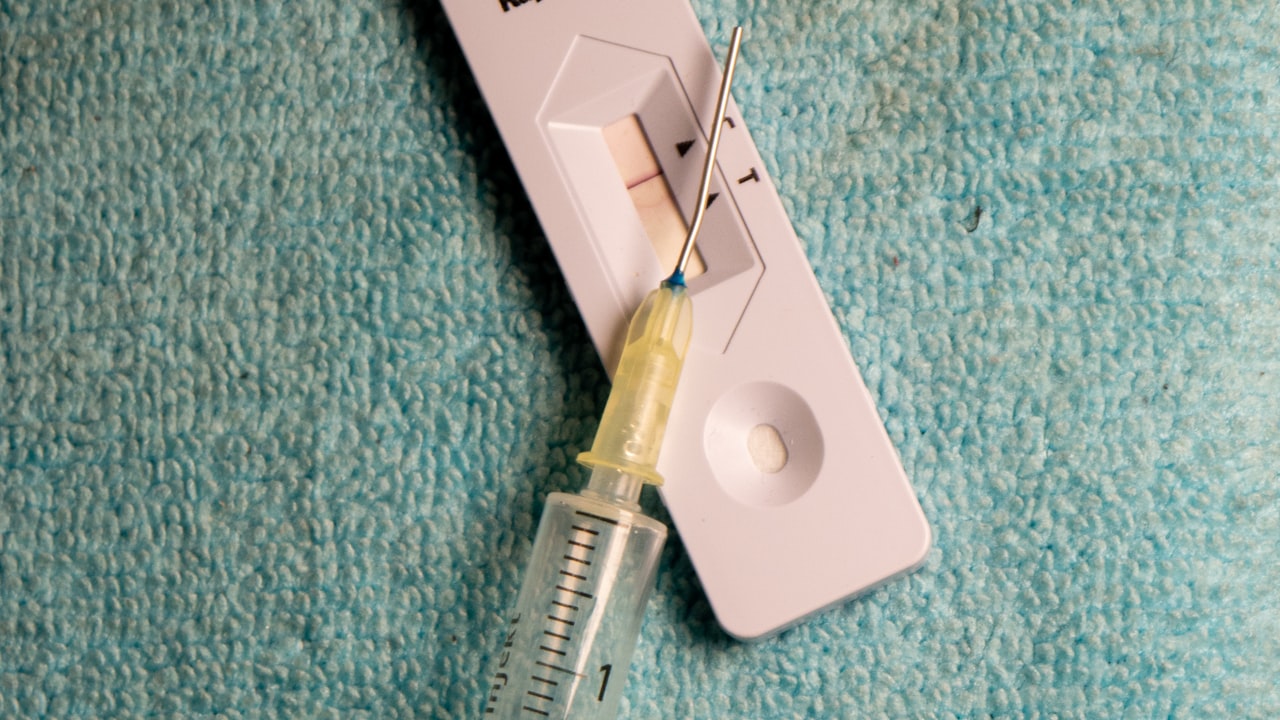 Title: Designing Precision Injection Molds: Key Considerations and Best Practices
Title: Designing Precision Injection Molds: Key Considerations and Best Practices
Injection molds play a crucial role in the manufacturing industry, enabling the production of a wide range of plastic products with precision and efficiency. Designing precision injection molds requires careful consideration of various factors to ensure optimal performance and quality output. In this article, we will explore the key considerations and best practices involved in designing injection molds.
First and foremost, it is essential to understand the specific requirements of the product that will be produced using the injection mold. Factors such as material type, product size and shape, production volume, and tolerance levels must be taken into account during the design process. Collaborating closely with the client or product designer can help ensure that the injection mold meets all the necessary specifications.
Another important aspect of designing injection molds is selecting the right injection mold factory or supplier. A reputable and experienced injection mold supplier will have the expertise and resources to design and manufacture high-quality molds that meet customer requirements. When choosing an injection mold supplier, it is important to consider factors such as their technical capabilities, quality control processes, lead times, and pricing.
In the design process, attention must be paid to the mold configuration, gating system, cooling channels, ejector system, and venting to ensure optimal performance during the injection molding process. The mold design should also take into account factors such as parting lines, draft angles, wall thickness, and surface finish to facilitate smooth and efficient production.
Precision is key when designing injection molds, as even minor design flaws or inaccuracies can lead to defects in the final product. Utilizing advanced software tools such as CAD and simulation software can help identify and address potential issues before the mold is manufactured. Conducting thorough mold trials and testing is also critical to ensure that the mold performs as intended and produces high-quality parts.
In conclusion, designing precision injection molds requires careful consideration of various factors such as product requirements, supplier selection, mold design, and quality control. By following best practices and working closely with experienced professionals, manufacturers can ensure the successful production of high-quality plastic products using injection molds.
